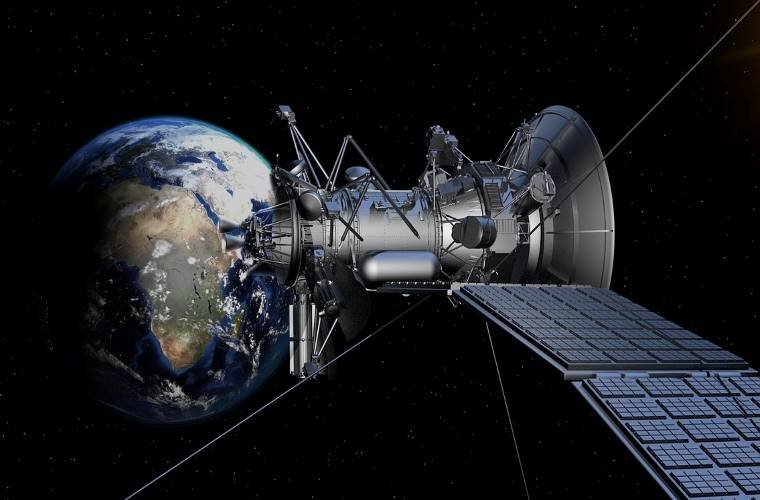The U.S. Space Force is set to take command of a new fleet of satellites that will provide real-time monitoring of ground targets around the globe, offering unprecedented surveillance capabilities.
Known as the Ground Moving Target Indicator (GMTI), and in development by the National Reconnaissance Office (NRO), the Space Force will be the lead operator of this new and advanced satellite system, reports Space News. This initiative represents a significant modernization effort, as it will replace aging aircraft systems like the Joint Surveillance Target Attack Radar System (JSTARS).
Last year, the US government allocated $5 billion to develop the Hypersonic and Ballistic Tracking Space Sensor (HBTSS) system. The eventual launch of this system will test how well satellites can track missiles in flight. The Space Force and its component Space Development Agency (SDA) have aimed to deploy over 135 satellites to track advanced missiles, with a focus on enhancing missile defense capabilities, especially as Russia and China have both been rapidly developing these technologies. The architecture’s configuration and its relation to missile defense are still under consideration, and there are ongoing discussions about the deployment of sensor constellations for global coverage and specific regional needs.
Now, the NRO is partnering with the Space Force and will have access to the data from GMTI, but the military chain of command will drive the program based on priorities approved by the Joint Chiefs of Staff at the Pentagon. The Space Force is working on the requirements for the new sensors and will oversee the acquisition program’s progress, while the NRO is responsible for the actual acquisition of the classified sensor payloads based on its own design.
Space Force guardians will be responsible for tasking and controlling where the satellites direct their sight, based upon requests from commanders in the field. U.S. Space Force Lt. Gen. DeAnna Burt, while speaking at a panel discussion at the Air & Space Force Association’s Warfare Conference in Aurora, Colorado, called the new technology an “operational imperative.”
According to Burt, the plan is that the GMTI system will replace what current spy aircraft are doing, and essentially move that aspect of intelligence gathering into the space domain. While nearly all of this is classified, the system will be able to monitor and track targets in real time, operating on land, sea, and in the sky. Moreover, all that intelligence can then be put into the hands of operators in the field.
The development of this satellite network is crucial in addressing vulnerabilities in modern warfare scenarios and contributing to a broader picture of the battlefield. The Space Force plans to invest over a billion dollars in this satellite network, and its five-year spending plan through 2028 is seeking roughly $1.2 billion for the constellation.
During the conference, Burt explained that this new technology is “laying the groundwork for where we go in the future and how to provide that critical ISR capability not only to the joint force, but also critical space domain awareness.”
MJ Banias is a journalist who covers security and technology. He is the host of The Debrief Weekly Report. You can email MJ at mj@thedebrief.org or follow him on Twitter @mjbanias.

